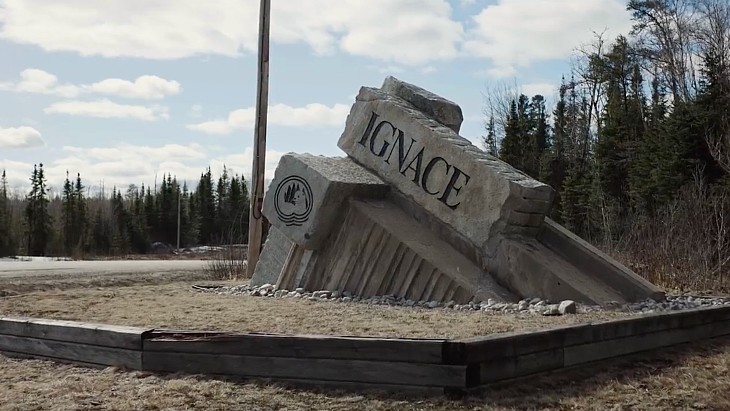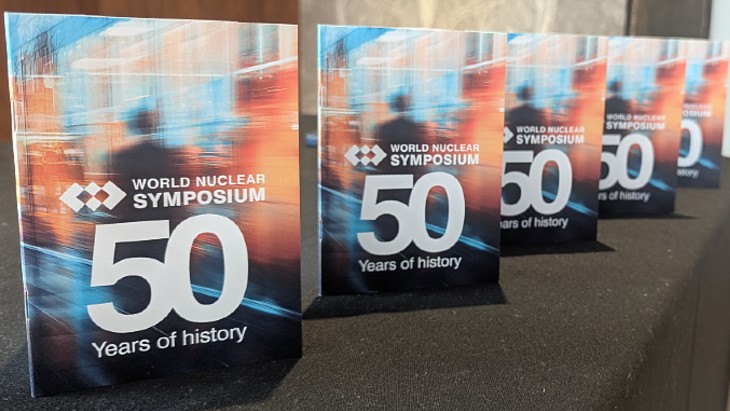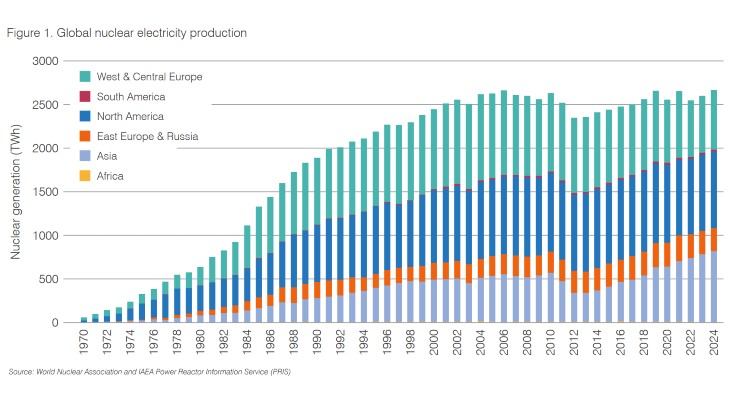Berkeley, California-based Deep Isolation has developed a solution for the management of used nuclear fuel and high-level radioactive waste (HLW) by emplacing it in corrosion-resistant canisters placed in deep horizontal drillholes. The agreement will see the two companies collaborate to advance the technical aspects of Deep Isolation's design for canister storage, disposal and equipment for transferring used fuel and HLW from existing storage areas to a Deep Isolation repository, using NAC's dry fuel storage technologies.
"With NAC's global leadership and demonstrated canister safety and design expertise, we have an opportunity not only to further develop the safety and quality of our canister technology, but to implement a waste management strategy that covers onsite interim storage as well as handling, transport, and final disposal," Deep Isolation CEO Elizabeth Muller said.
NAC, a wholly-owned subsidiary of Hitachi Zosen Corporation, has supplied a "large share" of the used fuel systems in use at decommissioning US utility sites, and has also developed and deployed transportable storage systems for use at US Department of Energy (DOE) sites, the companies said.
NAC International President and CEO Kent Cole said his company's technology and know-how fitted well with Deep Isolation's solution "to ensure storage, transport, and disposal objectives are well integrated into efficient waste disposition strategies, tailored to the relative size and needs of each country's nuclear power programme".
The agreement is the second strategic partnership to be signed this year by Deep Isolation, following a cooperative agreement with Bechtel National, Inc on sales, product development, and deployment of Deep Isolation’s patented technology. Under that agreement - which was announced in June - Bechtel is to provide support such as project management, financial/business and engineering capability for Deep Isolation’s sales in both domestic and international markets, including those with the DOE, with Deep Isolation providing options to support Bechtel’s cleanup work at US federal government sites.
Deep Isolation's drillhole approach involves the emplacement of waste in corrosion-resistant canisters - typically 9-13 inches (23-33 centimetres) in diameter and 14 feet (4.3 metres) long - into horizontal drillholes deep in rock that has been stable for tens to hundreds of millions of years. A vertical access section - which could be a few thousand feet to a few miles deep, depending on geology - gradually curves to form a nearly horizontal disposal section which could be up to 2 miles long.
Once the waste is in place, the vertical access section of the drillhole and the beginning of its horizontal disposal section are sealed using rock, bentonite and other materials, although the canisters can still be retrieved if necessary. According to Deep Isolation, the key advantages of this method are the depth of burial and the fact that the waste is stored in a suitable geologic formation far below the water table, in rock that is saturated with brine that has no commercial value and has been virtually stagnant for millions of years. In addition, the small diameter drillholes require less disturbance of the rock than a mined repository.
Deep Isolation in January demonstrated the technology by placing and retrieving a prototype nuclear waste canister 2000 feet underground into an existing borehole.

.jpg)



_17992.jpg)
_75800.jpg)
_58913.jpg)





